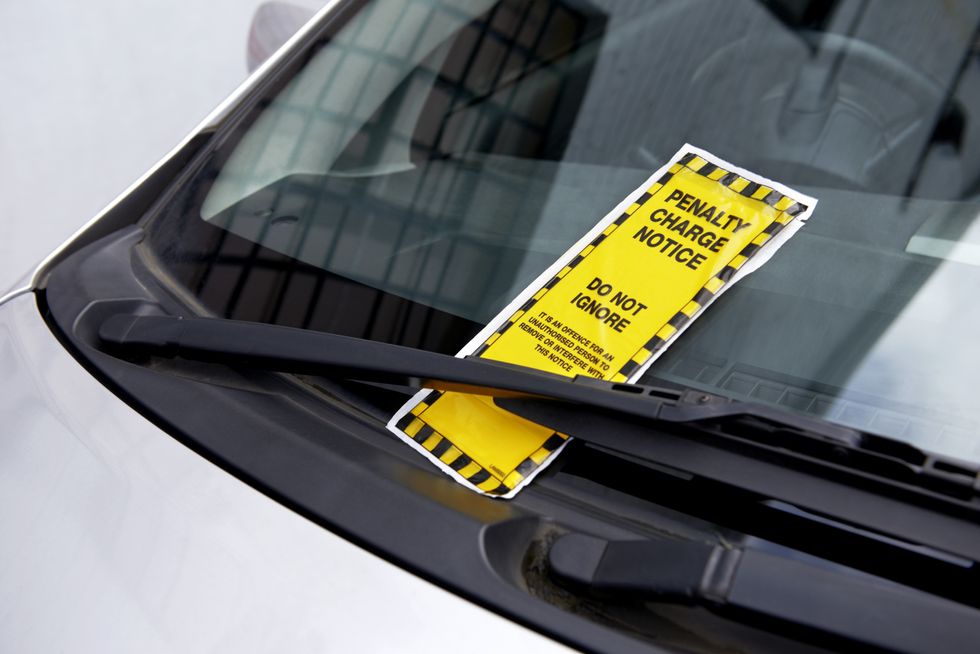Drivers could be slapped with a £300 fine and licence points for carrying fireworks this bonfire season, with Britons also risking having their insurance invalidated.
These lesser-known rules come to light as experts share crucial information ahead of the upcoming festivities.
Fireworks can significantly reduce visibility on roads, with studies showing an average decrease of 25 per cent, but in some areas, this can drop by as much as 64 per cent.
This reduced visibility can persist for up to two days after fireworks displays, posing serious risks to all road users.
Do you have a story you’d like to share? Get in touch by emailingmotoring@gbnews.uk

Crashes caused by fireworks can result in £100 fine
PA
High humidity exacerbates the problem, as firework particles scatter light more effectively in damp air. Drivers may mistakenly believe their vision is clear when it’s actually impaired.
Ollie Green, a motoring expert from Collect Service Go Transporting Fireworks, emphasised the importance of proper registration and insurance checks before transporting fireworks.
“Failure to do so may lead to invalidation of coverage, which can be financially detrimental,” Green warned. The risks extend beyond fines, with potential impacts on road safety and visibility for all users.
To combat this, motorists are advised to reduce speeds and use appropriate lighting when visibility is poor. Crashes due to reduced visibility can result in a £100 fine and three penalty points.
More severe cases, where driving is deemed careless or dangerous, can lead to increased fines, driving bans, or imprisonment.
Safety is paramount when handling fireworks. Green advised: “Making sure they stay dry is essential, as damp fireworks can leak explosive materials, increasing the risk of unpredictable behaviour when ignited.”
He also strongly recommended against leaving fireworks in vehicles overnight, especially in adverse weather conditions.
The transportation of fireworks falls under strict regulations in the UK. Classified as explosives, they are considered Class 1 Dangerous Goods under ADR.
For private individuals, carrying up to 50kg of fireworks is permitted. However, anything over this threshold requires compliance with ADR regulations.
Different classifications of fireworks have varying small load limits. For instance, UN 0336 fireworks have a small load limit of 333kg. Transporting mixed loads of fireworks requires careful calculation to ensure compliance with the 1,000-unit threshold.
Even under small load exemptions, certain restrictions apply. These include using a 2kg fire extinguisher and prohibiting smoking. Full ADR compliance is necessary for loads exceeding exempted quantities. This includes having an ADR-trained driver and proper documentation.
Experts stress the importance of understanding and following regulations when transporting fireworks. Green advises drivers to check with their insurance providers before carrying fireworks to avoid potential coverage issues.
LATEST DEVELOPMENTS:

Drivers who break the rules can be fined by the police
GETTY
When driving during or after fireworks displays, motorists should exercise caution. Green recommends reducing speeds and using headlights when visibility is poor.
“It’s important for drivers to use their front or rear fog lights until conditions improve,” he added.
The consequences of non-compliance can be severe. Fines can escalate significantly if driving is deemed careless or dangerous. In the most serious cases, penalties may include driving bans or imprisonment. Drivers are reminded that safety should always be the top priority when handling and transporting fireworks.

Based in New York, Stephen Freeman is a Senior Editor at Trending Insurance News. Previously he has worked for Forbes and The Huffington Post. Steven is a graduate of Risk Management at the University of New York.


